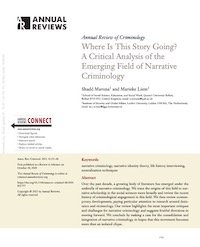By: Hai Thanh Luong
After the Silk Road closure, many studies started focusing on the trend and patterns of darknet-related crimes in the 2010s. This frst study combined a systematic literature review and bibliometric analysis in the feld. This study clarifes 49 articles in criminology and penology among 1150 publications relating to the darknet on the Web of Science database to review and analyze the research evolutions of this topic in the last decade. The main fndings point out (1) almost all leading authors with their most infuential papers came from the Global South with predominant contributions; (2) unbalancing publications between regional scholars and their institutions and countries although the darknet-related criminals occurred and operated without border; and (3) some specialized themes have identifed to call further extensive research such as policing interventions in the darknet and fows of the cryptocurrency in cryptomarkets, among others.
Security Journal (2024) 37:535–574





















